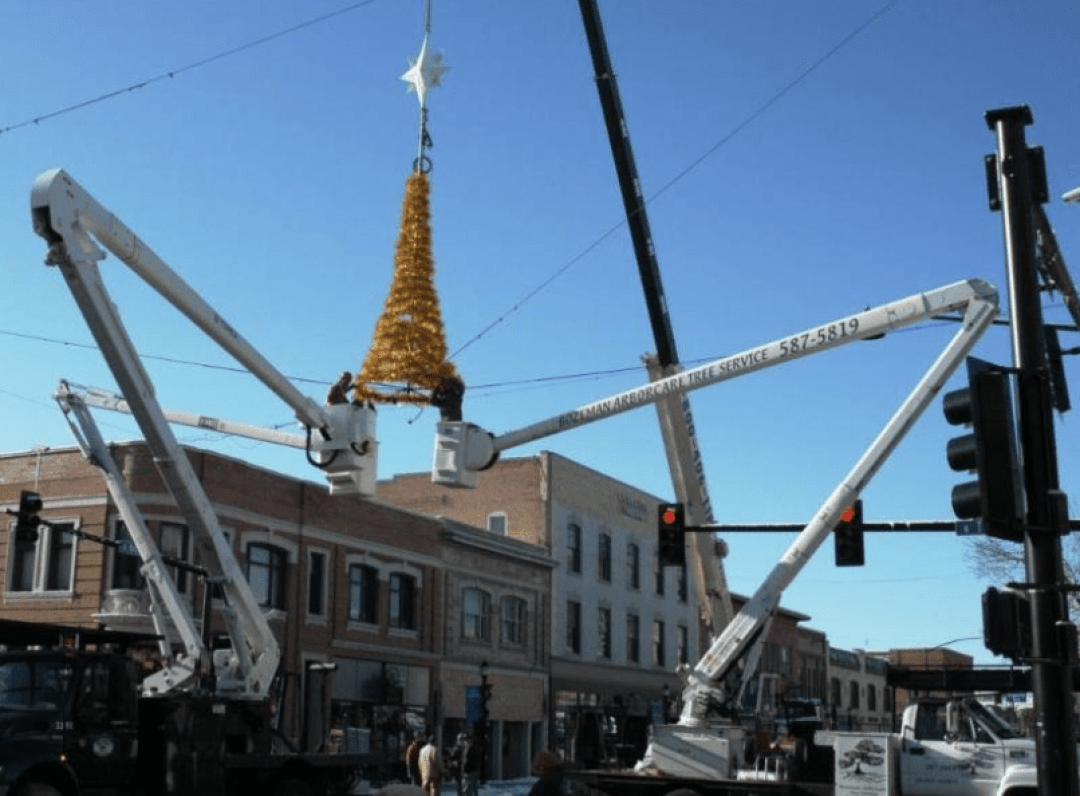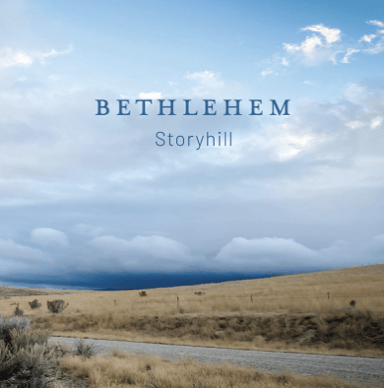Five Reasons to Soundproof Your House
Home is where many seek to rest their tired bones, but, these days, more are spending their time there to work too. The number of people working from home steadily increases as companies have more employees work away from the office while remote work opportunities are on the rise.
This new arrangement, however, posits a new set of problems. Unless you are a seasoned freelancer who has experience working anywhere, you probably haven't prepared a dedicated space for you to work in.
Sure, any quiet room with a table and chair should suffice, but, considering how this situation is likely to continue for the long run, you may have to consider investing in creating a suitable workspace. Online conferences and extended work hours demand an undisturbed area where you can concentrate and be productive.
You can visit silenthomehub.com where you can find helpful advice for a quieter lifestyle. From hair dryers to paper shredders, they have several recommendations that can remove unwanted noise from your daily life.
Still, if you require a more effective solution and that noise-cancelling headset is starting to get unwieldy, soundproofing your home could be just what you need.
Soundproofing VS Echo-Proofing
Before you can decide on how to soundproof your home, you've got to have a good idea of what exactly it entails to ensure that it can solve your problems.
For example, if you need an area where you can pick up voice calls and attend online conferences, you need to:
• Hear clearly what the other person on the line is saying, and
• Block out any external noise as well as prevent sounds from leaking outside
The first requirement is addressed by what's called echo-proofing. You install soft material inside the room so that sound waves are absorbed instead of haphazardly bouncing around. This allows you to hear sounds more coherently.
It is similar to how theaters have long curtains or special wall panels around the auditorium, so you can hear the actors' lines and music played by an orchestra.
The second requirement needs soundproofing. This is handled by installing dense and heavy material within the walls, such as wood or cement. Sound waves can't get in or out because the material prevents them from passing through. You would expect this treatment in studios and cinema walls.
There are many other processes that go into reducing and controlling sound but to keep things simple, we'll stick to these two terms which are enough to illustrate what soundproofing can do for you.
Additionally, while we've differentiated the two words, most still use "soundproofing" as an all-encompassing term since both usually go hand-in-hand. Note that from here on out, when the article mentions "soundproofing," it's referring to both processes. 
5 Reasons For Soundproofing Your Home
Now that we've established how soundproofing works, how exactly can you benefit from it? Here are five advantages to convince you:
#1: Greater Sound Quality
With unnecessary sounds out of the way, you can enjoy your audio in crisp and clear quality. This is especially important for those who play instruments or work with music. But even if you don't do either, you can always listen to your favorite playlist or watch a movie in utmost comfort.
#2: Increased Productivity
Whatever job you have, working in a well-soundproofed room can help increase your productivity. Less noise means you can work with less distractions. Moreover, your soundproofed room can become a new studio or office where you can operate more professionally.
#3: Respect For The Law and Public Safety
Most cities impose a noise limit to keep the peace around residential areas. Having a soundproofed home can make sure that you won't be disturbing your neighbors. This also helps with promoting healthy noise levels and even with preventing gradual hearing loss.
#4: Better Relationships
Being able to hear better inside your home can also improve your communication with the people you live with. You won't need to worry about not being heard properly or someone getting distracted in the middle of conversations.
#5: Improved Quality of Life
Soundproofing also gives you privacy and lessens the chance of nosy outsiders getting an earful about your personal matters. Your quality of life is greatly improved when you have less to worry about. The quieter environment also means less headaches due to external noise.
Getting Started On Soundproofing
Once you've decided to soundproof your home, first consider whether you're willing to do some construction or you might want easier and less costly improvements.
If you intend to build in material into your walls, it's best to consult with your contractor about how to best go about it. This can entail adding a layer of drywall or making fixes on the ceiling and on the floor. As for other ways to soundproof a room, it can include doing the following:
Check for Leaks
Use an acoustic sealant to cover small gaps and crevices where sound can escape or come in. These are typically found around switch boxes, door casings, or overhead lighting. Windows are also another source of sound leaks. For those, you can hang acoustic quilts or soft drapes over them.
Add Some Upholstery
Rugs and carpets can act as sound absorbers and help dampen sound. Another way is by introducing more upholstered furniture to the room. Along with some curtains, your room is now more padded and less prone to echoing.
Install Acoustic Panels
These refer to soft materials like foam that are produced with textured designs and surfaces. You can fix them onto your walls where they can also act as interesting art fixtures.
Change to Sound-Blocking Doors
Noise leaks tend to come from doors since they have no insulation built into them. So if acoustic sealant isn't enough, try replacing them with heavy, solid core doors. There are even sound-blocking doors that are specially made with a layer of lead inside.
It's hard to deny the many advantages of soundproofing your rooms, if not your whole home. With cities growing more dense, the need to find a nice, quiet slice of peace becomes more urgent and highly valued. These changes don't have to be overly complicated, and a few changes can already yield significant improvement.







News Comments
Thank you
Open Auditions for Annie
Monday, Sep. 16, 2024
I’m at the Bozeman airport where your painting, “Blowing East” is displayed. It’s absolutely gorgeous! Bravo, Marci!!
The Artists’ Gallery in Bozeman’s Emerson Cultural Center May Exhibits
Sunday, Jun. 30, 2024
This is so typical of a sign in, which we should not have to do to check if we or some one in our party got a permit. I have been working or "creating an account" for 30 minutes and just get the same ...
Smith River permit drawing results available
Sunday, Mar. 10, 2024
I have struggled with this podcast and my own participation therein, the event itself obviously traumatic, but beyond that my inability to reach anyone and convey anything resembling truth. The person ...
Billings, MT Case Becomes True Crime Podcast | 'An Absurd Result'
Marktokarski
Saturday, Jan. 20, 2024